This week, growth rates have pushed ahead again due to the rising temperatures and the level of moisture in the soil.
Predicted growth shows some counties are forecast to hit growth rates of 80-plus in the coming days.
High growth rates can often have an effect on grass quality, as surplus grass causes pre-grazing covers to rise.
From the middle of next month, we will start to look at building grass for the autumn.
For this reason, it is important to maintain grass quality until then.
Grass growth
We often talk about grazing grass at the correct stage or a cover of 1,300kg DM/ha to 1,500kg DM/ha, but why is this?
The reason is the majority of grass grown in Ireland today is perennial rye grass.
Perennial rye grass is a plant which has a number of tillers or shoots. Each tiller is only capable of maintaining three leaves at a time.
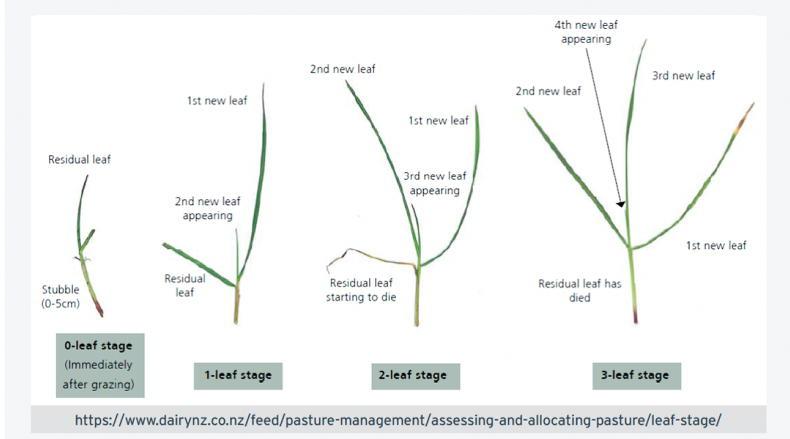
Grass growth cycle
The leaf content of grass is the most energy-dense part of the plant, which makes it more favourable for production, be it kilos of milk solids from dairy cows or kilos of daily liveweight gain in cattle.
Leaf production
During the summer, it takes between seven and eight days for the plant to produce a leaf, which is why we target a 21-day rotation in the main growing season.
Once the plant starts to produce a fourth leaf, the first leaf starts to die. This dead material causes the digestibility of the grass to be reduced.
At this stage of the growth cycle, the stem will develop in order to support a seed head. The stem content is high in fibre and also has a lower digestibility than the leaf.
Grazing at a cover of 1,300kg DM/ha to 1,500kg DM/ha means cows are grazing between the two and three leaf stage.
It is worth saying that grazing covers below this would mean quality is very good, but it is hard for animals to achieve intakes on low covers.
The other issue with grazing low covers is its effect on regrowth.
As the plant is growing, it is storing excess energy in the roots in order to produce a new leaf after grazing or cutting.
If you graze it too early, it hasn’t had a chance to store enough energy, which will slow regrowth.
This week, growth rates have pushed ahead again due to the rising temperatures and the level of moisture in the soil.
Predicted growth shows some counties are forecast to hit growth rates of 80-plus in the coming days.
High growth rates can often have an effect on grass quality, as surplus grass causes pre-grazing covers to rise.
From the middle of next month, we will start to look at building grass for the autumn.
For this reason, it is important to maintain grass quality until then.
Grass growth
We often talk about grazing grass at the correct stage or a cover of 1,300kg DM/ha to 1,500kg DM/ha, but why is this?
The reason is the majority of grass grown in Ireland today is perennial rye grass.
Perennial rye grass is a plant which has a number of tillers or shoots. Each tiller is only capable of maintaining three leaves at a time.

Grass growth cycle
The leaf content of grass is the most energy-dense part of the plant, which makes it more favourable for production, be it kilos of milk solids from dairy cows or kilos of daily liveweight gain in cattle.
Leaf production
During the summer, it takes between seven and eight days for the plant to produce a leaf, which is why we target a 21-day rotation in the main growing season.
Once the plant starts to produce a fourth leaf, the first leaf starts to die. This dead material causes the digestibility of the grass to be reduced.
At this stage of the growth cycle, the stem will develop in order to support a seed head. The stem content is high in fibre and also has a lower digestibility than the leaf.
Grazing at a cover of 1,300kg DM/ha to 1,500kg DM/ha means cows are grazing between the two and three leaf stage.
It is worth saying that grazing covers below this would mean quality is very good, but it is hard for animals to achieve intakes on low covers.
The other issue with grazing low covers is its effect on regrowth.
As the plant is growing, it is storing excess energy in the roots in order to produce a new leaf after grazing or cutting.
If you graze it too early, it hasn’t had a chance to store enough energy, which will slow regrowth.





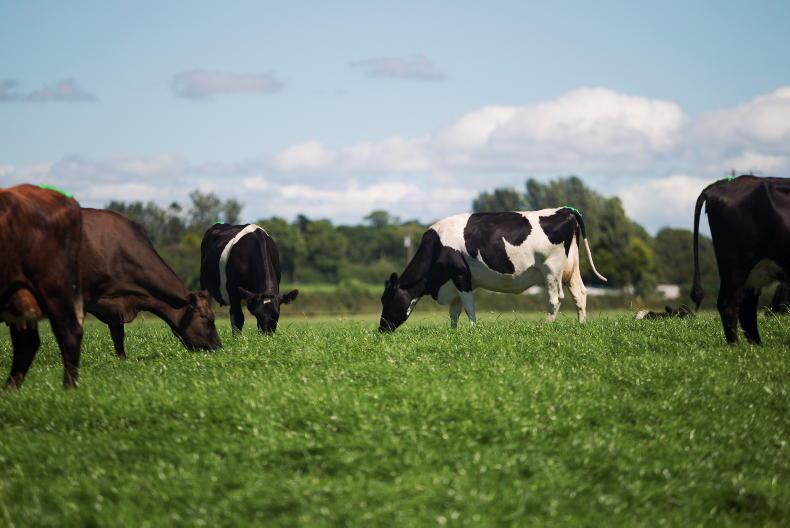
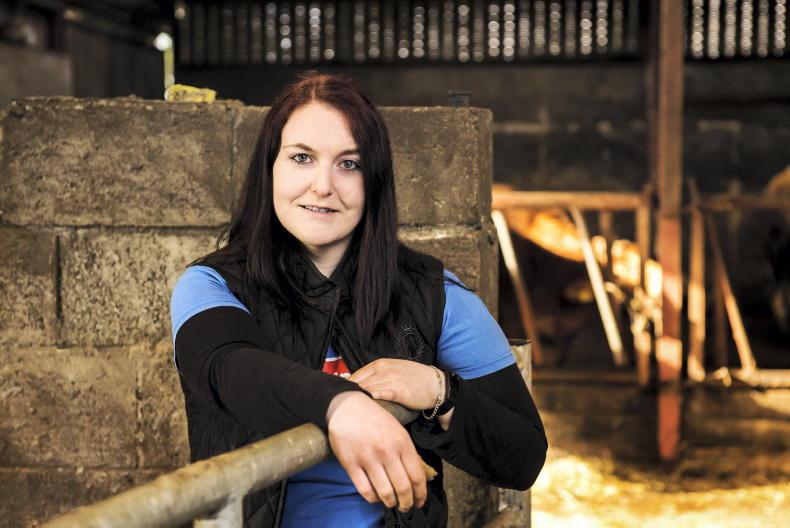

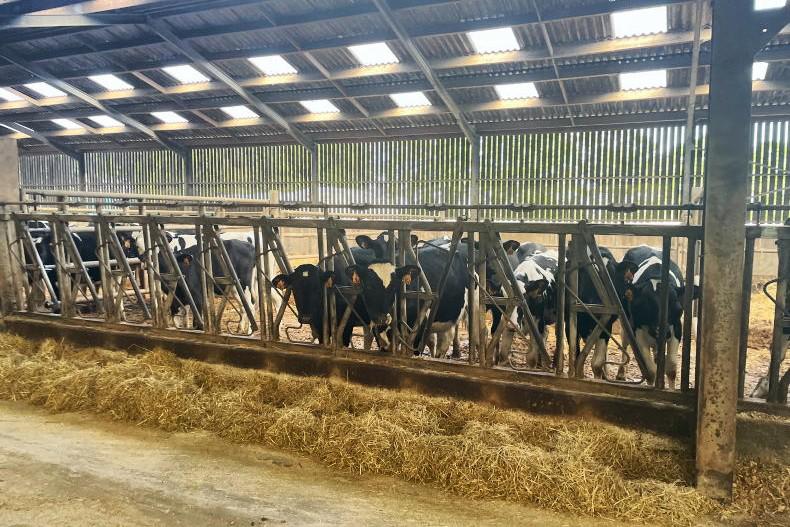
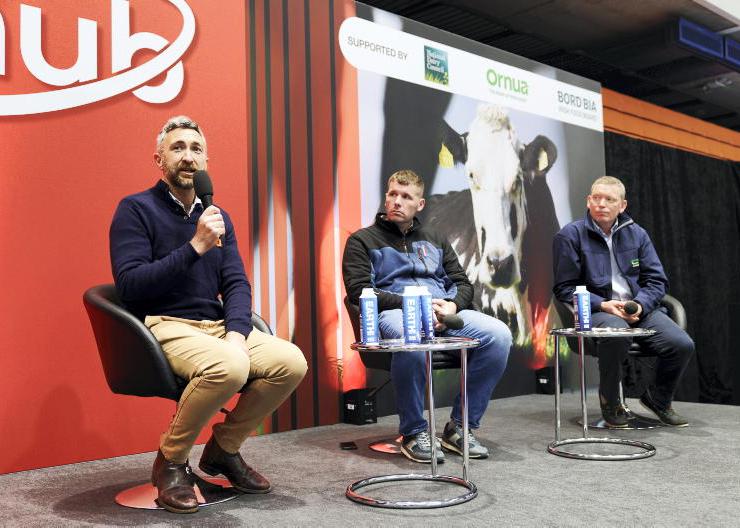
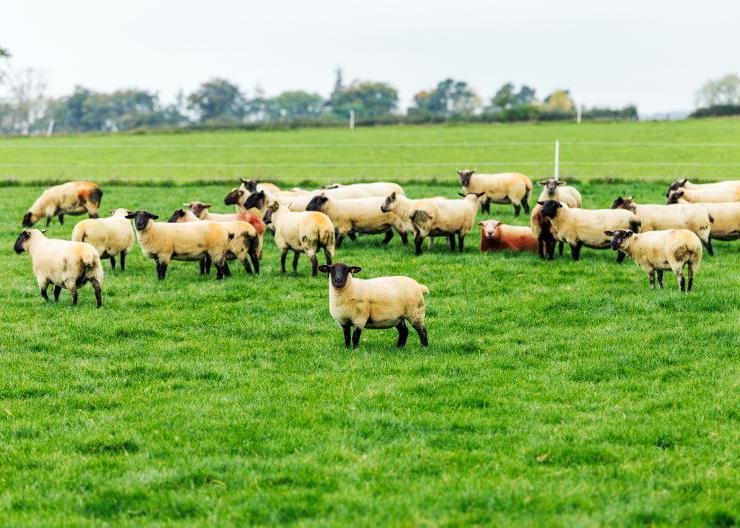
SHARING OPTIONS